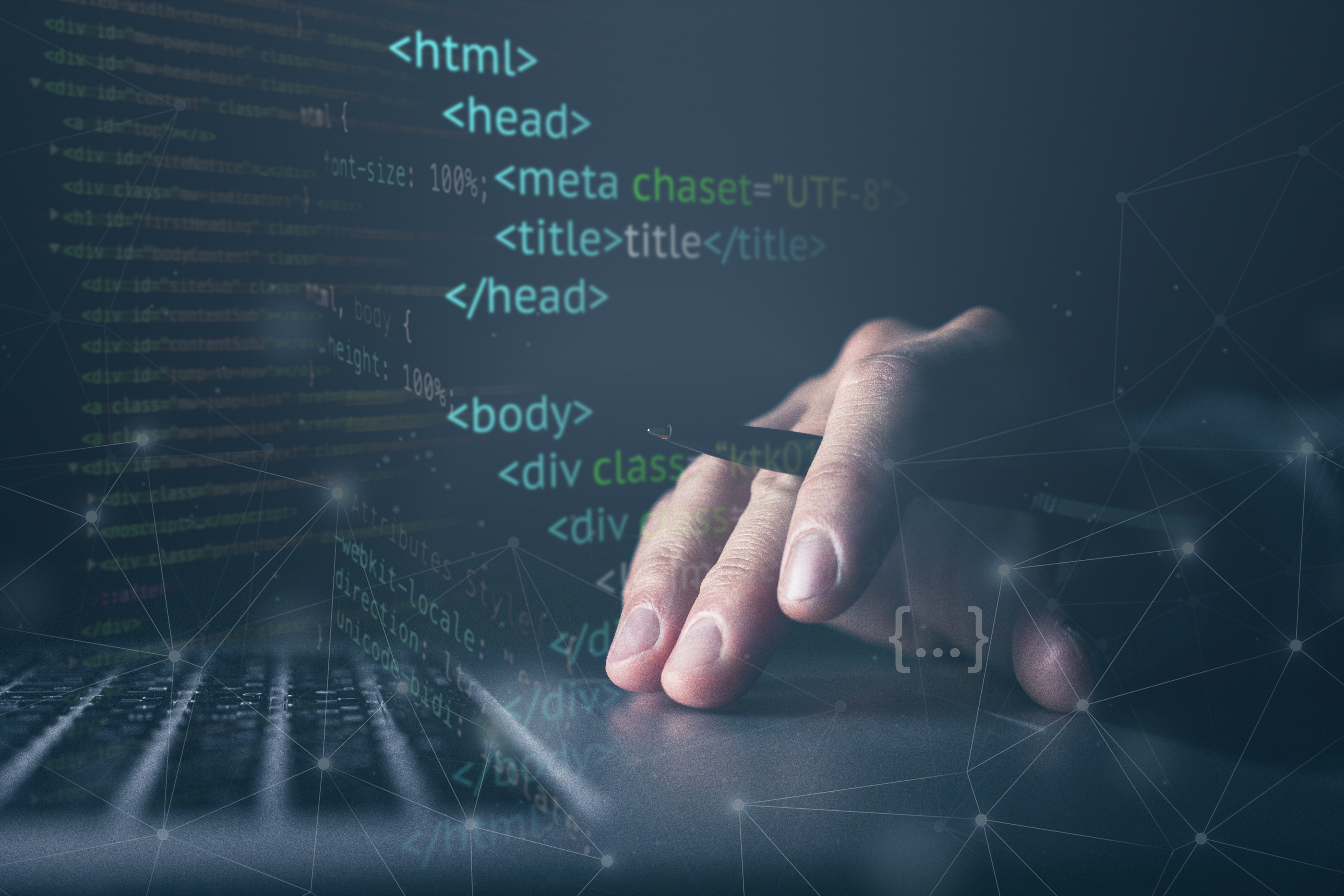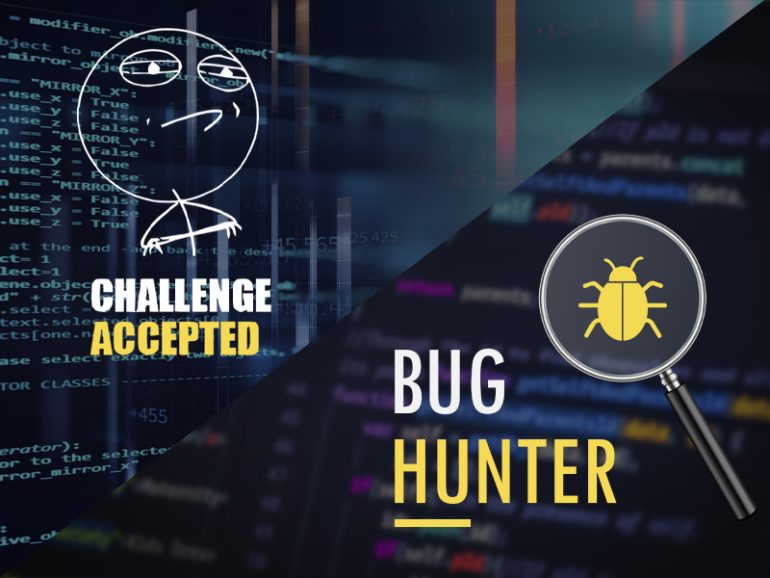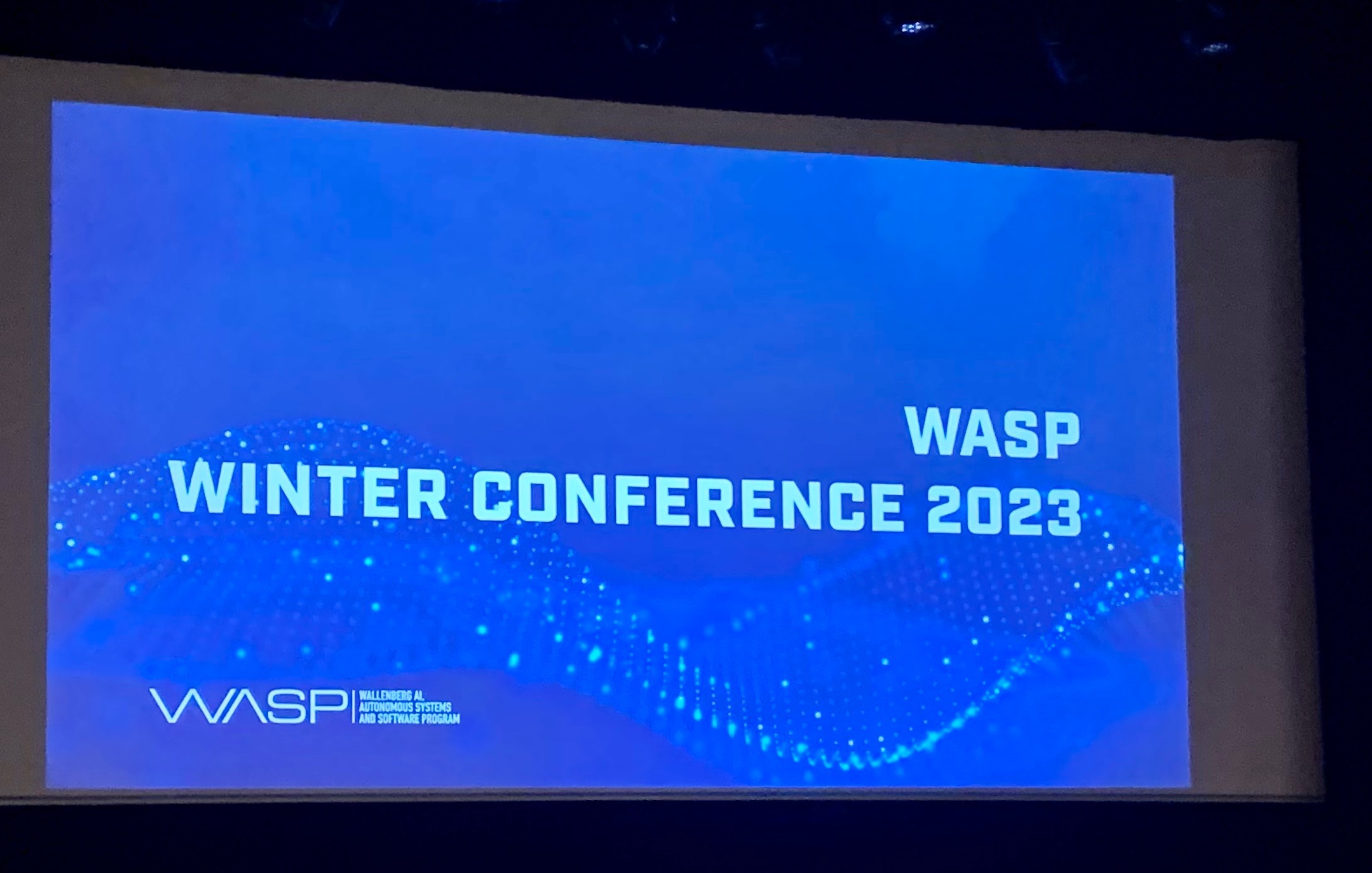THE QUALITY BLOG


Azure Bicep Modules development using ACR and DevOps

Meet Prasanth and Björn - Hamburg consultants

2023 Automation Tools: Playwright, Cypress, or Selenium? Let's compare

Meet&Greet - Aleksey and Svitlana

Test Star - Introduction

Meet Ammar and Nichsan

From Teacher to QA Engineer

System Verification Summership - A Journey of Growth

What is Markdown?

How do you prioritize your technical debt?

How is knowledge distributed within your team?

Yet Another Markup Language

Can we use Chat-Bots for Software Quality Assurance?

The brains behind our fun challenges...Bug hunter & Solve a Problem
